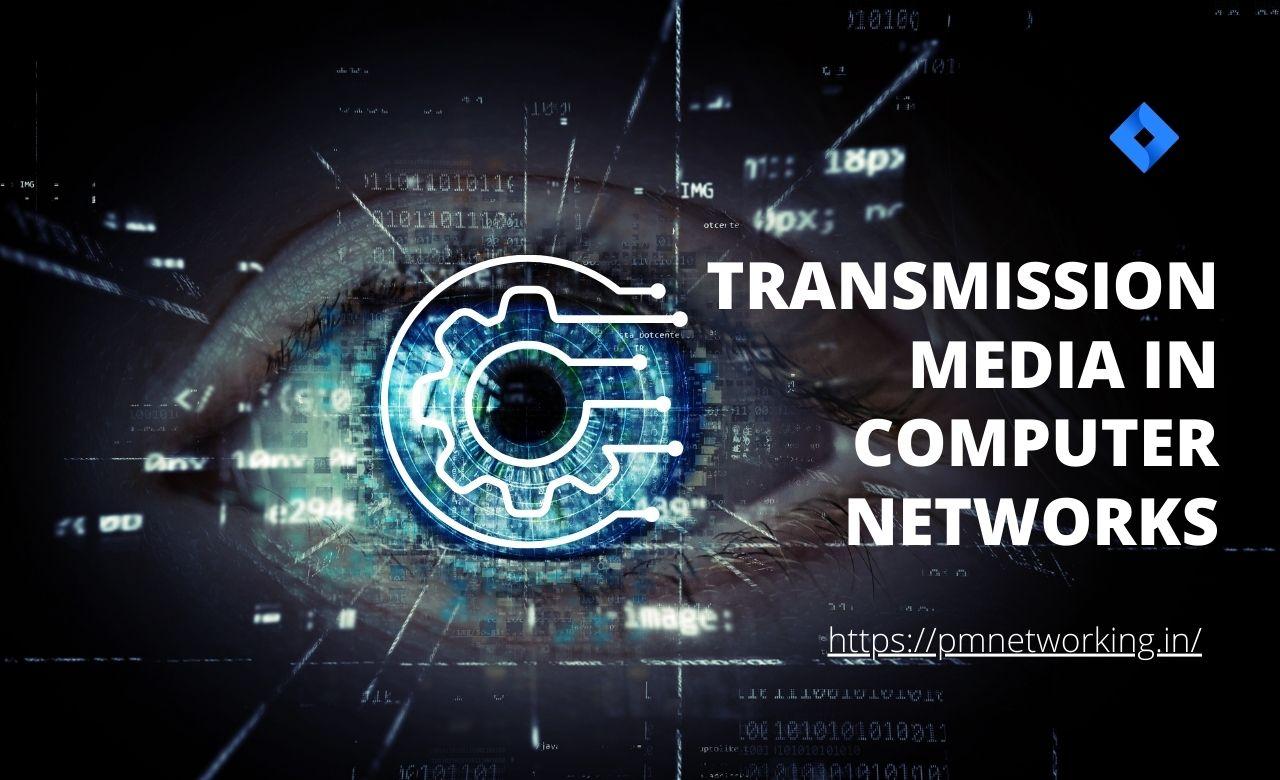Understanding Transmission Media in Computer Networks: A Comprehensive Guide

In the realm of computer networks, transmission media play a crucial role in enabling the exchange of data between devices. Understanding these media is essential for anyone pursuing a career in networking, especially for those taking the CCNA 200-301 course. This article explores the various types of transmission media, their significance, and how knowledge of these can be beneficial for individuals enrolling in the CCNA 200-301 course online or in India.
What is Transmission Media?
Transmission media are the physical pathways used to connect computers and other network devices. They can be broadly categorized into two types: guided and unguided media. Guided media involves physical cables that direct the transmission of data, while unguided media includes wireless transmission methods.
1. Guided Media
Guided media refers to transmission channels that use physical cables or fibers to transmit data. These include:
-
Twisted Pair Cables: One of the most common types of guided media, twisted pair cables are used in both telephone networks and local area networks (LANs). They consist of pairs of insulated copper wires twisted together to reduce interference. Twisted pair cables are categorized into two types: unshielded twisted pair (UTP) and shielded twisted pair (STP). UTP cables are widely used in Ethernet networks due to their cost-effectiveness and ease of installation.
-
Coaxial Cables: Coaxial cables have a central conductor surrounded by insulation, a metallic shield, and an outer insulating layer. They are commonly used in cable television and broadband internet services. Coaxial cables offer higher bandwidth compared to twisted pair cables, making them suitable for data-intensive applications.
-
Optical Fiber Cables: Optical fiber cables use light to transmit data and are known for their high-speed and long-distance transmission capabilities. They consist of a core surrounded by cladding, which reflects light to ensure minimal loss of signal. Optical fibers are used in backbone networks and high-speed internet connections, providing a significant advantage over other types of cables in terms of bandwidth and signal quality.
2. Unguided Media
Unguided media, also known as wireless media, involves the transmission of data through electromagnetic waves. This category includes:
-
Radio Waves: Used in various wireless communication technologies, including Wi-Fi, Bluetooth, and radio broadcasting. Radio waves can travel long distances and penetrate through obstacles, making them suitable for mobile and wireless networks.
-
Microwaves: Microwaves are high-frequency radio waves used for point-to-point communication systems. They are employed in satellite communications and microwave links to transmit data over long distances.
-
Infrared: Infrared technology is used for short-range communication, such as remote controls and some wireless data transfer applications. Infrared signals require a direct line of sight and are less susceptible to interference compared to other wireless methods.
The Role of Transmission Media in Networking
Transmission media are fundamental to network infrastructure, affecting the performance, reliability, and speed of data transmission. The choice of media impacts various aspects of a network, including:
-
Bandwidth: The amount of data that can be transmitted over a network in a given period. Optical fiber cables offer the highest bandwidth, while twisted pair cables and coaxial cables provide varying levels of bandwidth.
-
Distance: Different transmission media support different distances. Optical fibers can transmit data over hundreds of kilometers, while coaxial and twisted pair cables are typically used for shorter distances.
-
Interference: Guided media, such as twisted pair and coaxial cables, are designed to minimize interference from external sources. Unguided media, like radio waves and microwaves, are more susceptible to interference but offer greater flexibility in terms of mobility and coverage.
Relevance to CCNA 200-301 Course
The CCNA 200-301 course provides a comprehensive understanding of networking fundamentals, including transmission media. For students enrolled in a CCNA course, whether online or in a classroom setting, mastering the concepts of transmission media is crucial for several reasons:
-
Network Design: Understanding the characteristics of different transmission media helps in designing efficient and reliable network topologies. Students learn to select the appropriate media based on the requirements of bandwidth, distance, and interference.
-
Troubleshooting: Knowledge of transmission media aids in diagnosing and resolving network issues. For instance, recognizing the signs of cable degradation or interference can help in quickly identifying and addressing connectivity problems.
-
Advanced Topics: The CCNA 200-301 course covers advanced networking courses where a deep understanding of transmission media is essential. Students gain insights into technologies like fiber optics and wireless communication, which are crucial for modern networking environments.
Enrolling in CCNA 200-301 Course Online in India
For those interested in pursuing a CCNA 200-301 course online in India, several options are available. Online courses offer flexibility and convenience, allowing students to learn at their own pace and from the comfort of their homes. These courses cover the essential aspects of networking, including transmission media, and prepare students for certification exams.
Many institutions and training providers offer CCNA 200-301 courses online, ensuring that students in India have access to quality education and resources. Whether you choose an online course or an in-person program, gaining a thorough understanding of transmission media will enhance your networking skills and open up new career opportunities.
Conclusion
Transmission media in computer networks, facilitating the exchange of data between devices. Understanding the various types of transmission media, their characteristics, and their role in networking is essential for anyone pursuing a career in this field. For students enrolled in the CCNA 200-301 course, whether through an online program or traditional classroom setting, mastering these concepts is crucial for success. By leveraging the knowledge gained from the CCNA course, individuals can design, troubleshoot, and optimize network infrastructures to meet the demands of modern communication technologies.
- Art
- Causes
- Crafts
- Dance
- Drinks
- Film
- Fitness
- Food
- Games
- Gardening
- Health
- Home
- Literature
- Music
- Networking
- Other
- Party
- Religion
- Shopping
- Sports
- Theater
- Wellness
- IT, Cloud, Software and Technology


